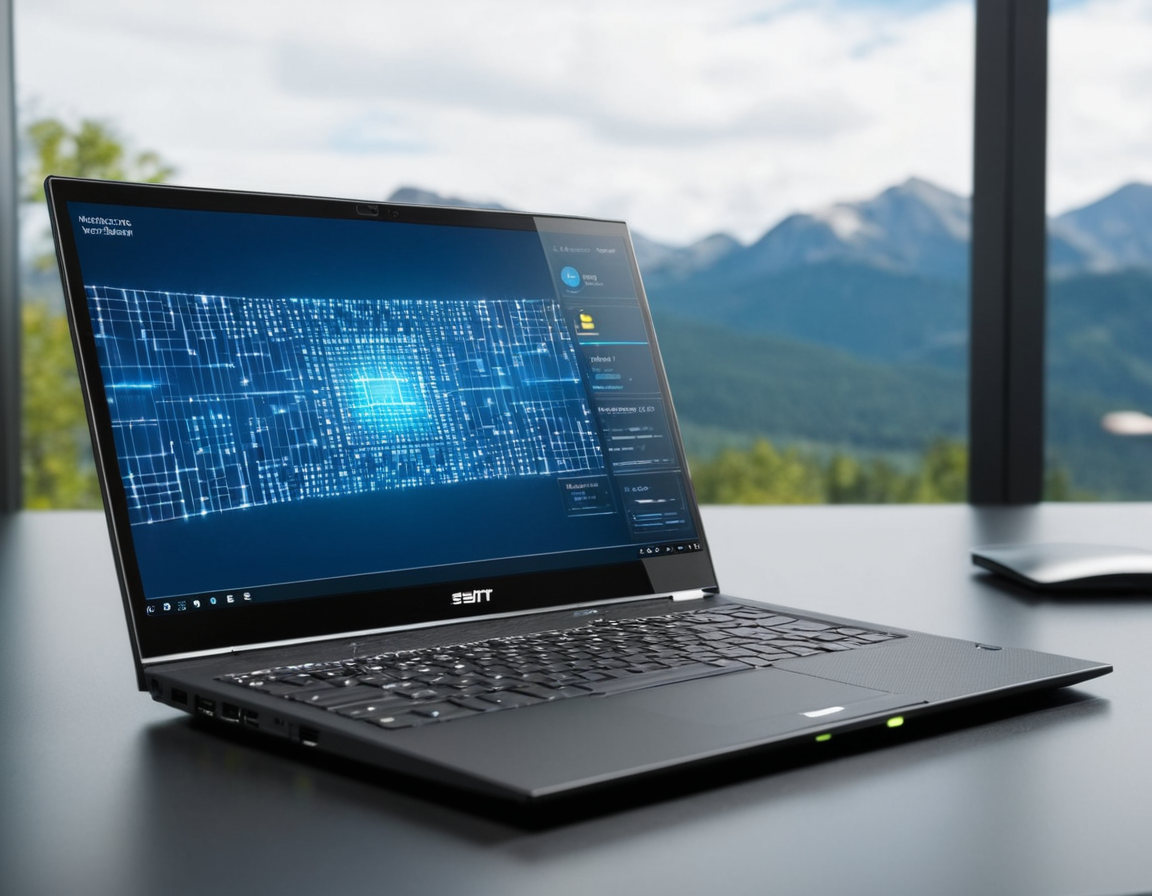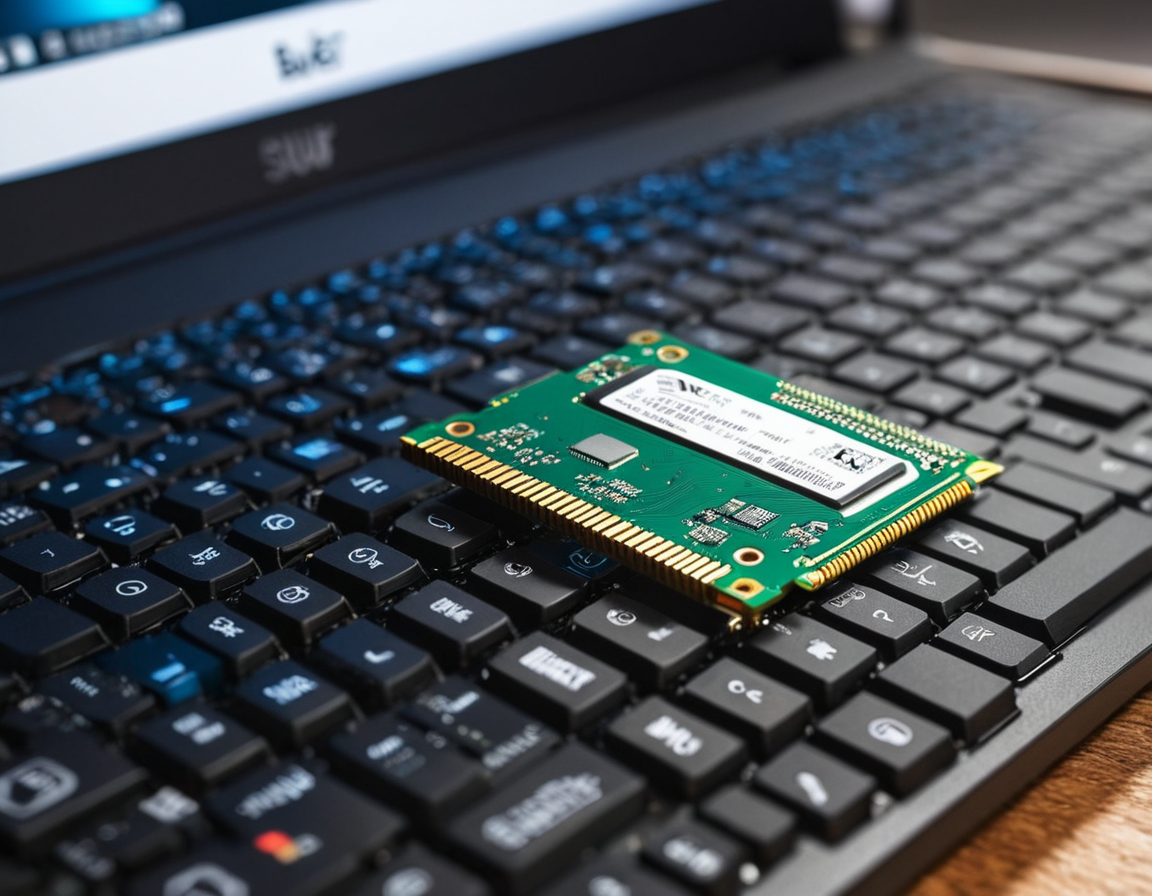: Unlocking Efficiency: How Modern Hardware Boosts PC Performance

In today’s fast-paced digital world, efficiency is the key to success, and this applies not only to our daily routines but also to our computer systems. With modern hardware innovations continually evolving, we can now unlock unprecedented levels of performance in personal computers (PCs). In this article, let us explore how these cutting-edge advancements are revolutionizing the way we use our PCs and boosting their overall productivity.
1. Enhanced Processing Power: A New Era of CPUs
The Central Processing Unit (CPU) is the brain of any computer system. Over the years, CPU manufacturers have been constantly pushing boundaries to deliver higher processing power with each new generation. This leap in performance enables PCs to handle even the most demanding tasks efficiently and with ease, from advanced image and video editing to running multiple virtual machines simultaneously.
2. The Rise of High-Speed RAM: Unlocking Memory Capabilities
Random Access Memory (RAM) plays a crucial role in determining how smoothly your computer operates. With modern hardware now supporting high-speed DDR4 and upcoming DDR5 RAM, users can experience lightning-fast data access and processing speeds, significantly reducing the time it takes to launch applications or switch between tasks.
3. Efficient Storage Solutions: SSDs Replace Traditional HDDs
Solid State Drive (SSD) technology has been a game-changer in computer storage solutions. Offering faster read/write speeds and reduced power consumption compared to Hard Disk Drives (HDDs), modern PCs equipped with SSDs experience improved overall performance, quicker boot times, and enhanced multitasking capabilities.
4. Graphics Processing Units: Powering Visual Computing
Graphics Processing Units (GPUs) are integral components in any high-performance computing system. Modern GPUs, such as those from NVIDIA or AMD, deliver incredible graphical performance and support advanced technologies like ray tracing and deep learning. This powerhouse of visual processing enhances the capabilities of PCs to handle demanding tasks such as 3D modeling, video rendering, and virtual reality applications.
5. High-Speed Connectivity: The Impact of Thunderbolt and USB4
The speed at which we can transfer data between devices is just as important as having a fast CPU or GPU. With the advent of modern connectivity standards like Thunderbolt and its successor, USB4, users now experience blazing-fast data transfer speeds up to 40 Gbps. This cutting-edge technology supports multiple high-speed peripherals simultaneously,

